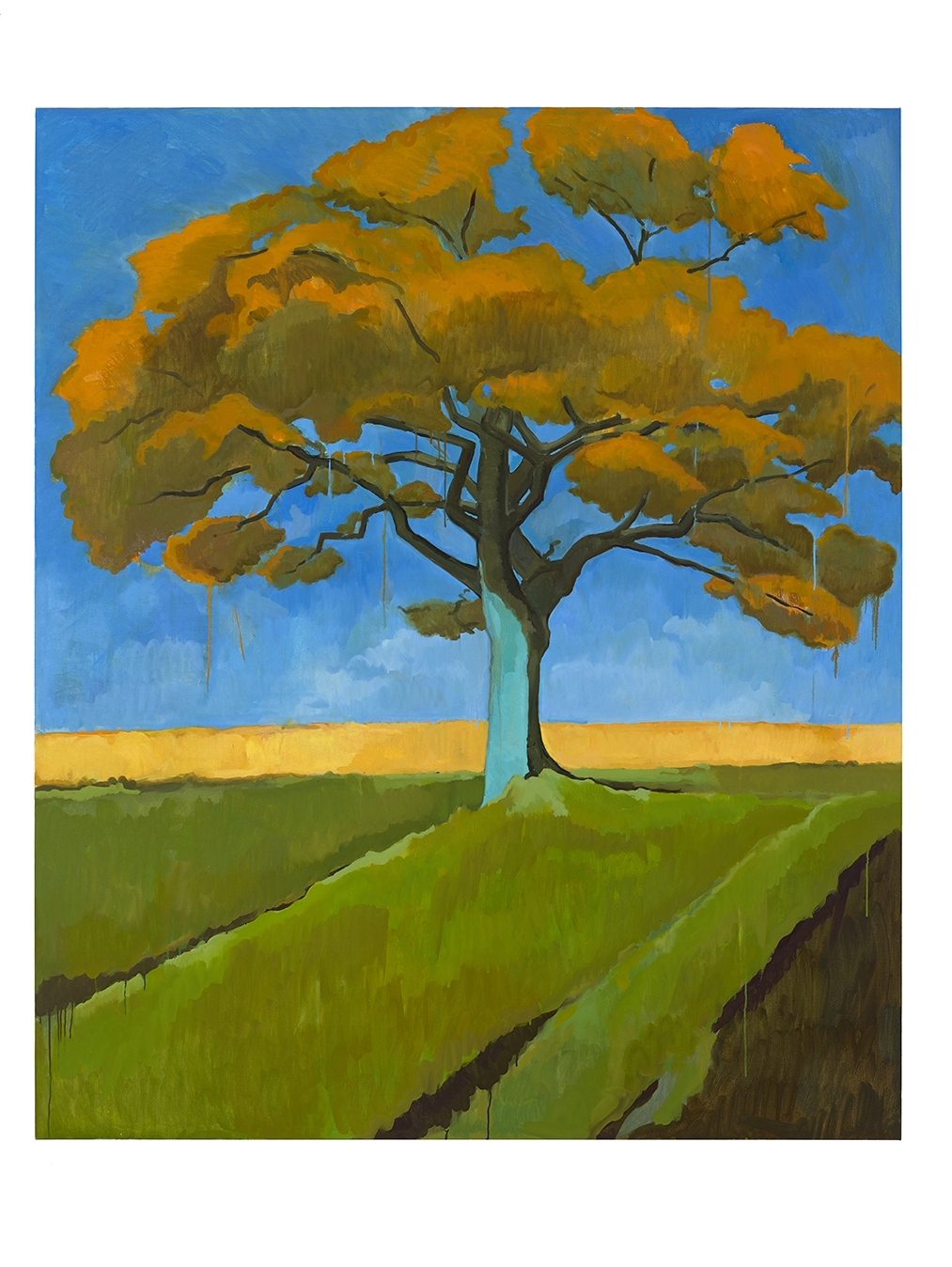Compton Verney reveals its 2026 exhibition programme
In 2026, Warwickshire’s Compton Verney brings together exceptional works by Dutch and Flemish Old Masters, pioneering women artists, and contemporary creatives for another bold and wide-ranging exhibition programme.
Spanning five centuries of art and ideas, the new series continues to reflect the 2025 Art Fund Museum of the Year finalist’s ongoing commitment to showcasing diverse perspectives and exploring the intersections of history, identity and creativity. It offers insight into the visions of artists – how they perceive the world, interpret its complexities, and help us see and understand things differently.
From rarely seen drawings by Bruegel and Rembrandt, to the visionary textile works of Elizabeth Allen and a major new exhibition on Enid Marx, the 2026 season offers audiences a compelling journey through both familiar, and overlooked, stories in art.
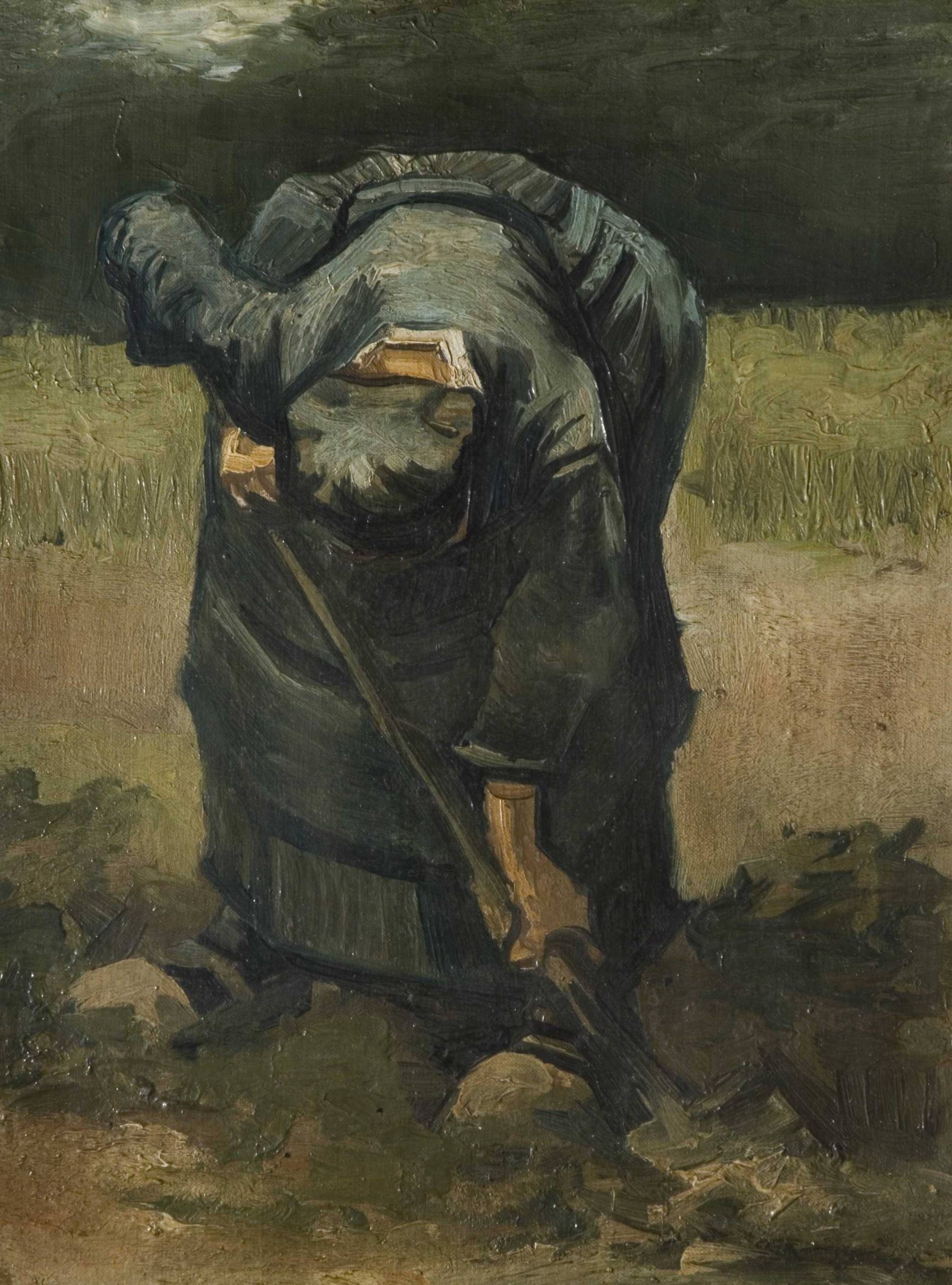
Modern Masterpieces: Paintings from the Barber Institute of Fine Arts | 12 November 2025 – 6 September 2026
Bringing 2025’s season to a close and running into the autumn of 2026, Compton Verney invites visitors to come face to face with six exceptional paintings by towering figures of modern art, including Vincent van Gogh (1853-1890), Pierre-Auguste Renoir (1814-1919), Édouard Vuillard (1868-1940) and Pierre Bonnard (1867-1947), in an intimate display. On loan from the Barber Institute of Fine Arts at the University of Birmingham, which is currently closed for a capital project, these outstanding works provide tantalising glimpses into the lives and interests of these influential artists.
With subjects that range from the domestic activities of a family eating dinner together, to the tangible, back-aching toil of digging heavy soil; from the lively, sympathetic portrait of a handsome Sicilian student to the studied nonchalance of a cigarette smoker: each picture holds the viewer’s gaze and affords a fascinating insight into past lives, from late 19th- to early 20th-century fashion to interior décor.
Bruegel to Rembrandt: Sketching Life, Drawing Wonder | 14 March – 28 June 2026
Spring opens with an exhibition of Dutch and Flemish masterpiece drawings from the collection of Royal Museums of Fine Arts of Belgium – most of which have never been seen in the UK before.
The exhibition consists of drawings from across the 16th and 17th centuries by 50 artists including world-renowned masters such as Rembrandt Harmenszoon van Rijn (1606-1669), Jacob Jordaens (1593-1678), Hendrick Avercamp (1585-1634), Jacob van Ruisdael (1628/9-1682) and Peter Paul Rubens (1577-1640).
Included among these masterpieces will be the drawing of Prudence by Pieter Bruegel the Elder (c.1527-1569), part of one of his most famous series showing the Seven Virtues. Of the 63 drawings that will be displayed, only 13 have been exhibited in the UK before (12 of these more than 50 years ago) and five have never left Belgium.
The selected works will reveal how Dutch and Flemish artists interpreted the world around them during a period of massive religious, social and political change, migration and colonial expansion. The exhibition will also show the complex layering of reality and imagination that can be teased out of these spectacular artworks, complicating the story that Netherlandish art is always a direct window onto real life.
The drawings will be complemented by important loans of paintings, prints and drawings from other UK collections including the National Gallery, the Royal Collection Trust, the Ashmolean, Dulwich Picture Gallery and Sir John Soane’s Museum.
Bruegel to Rembrandt is supported by the Tavolozza Foundation.

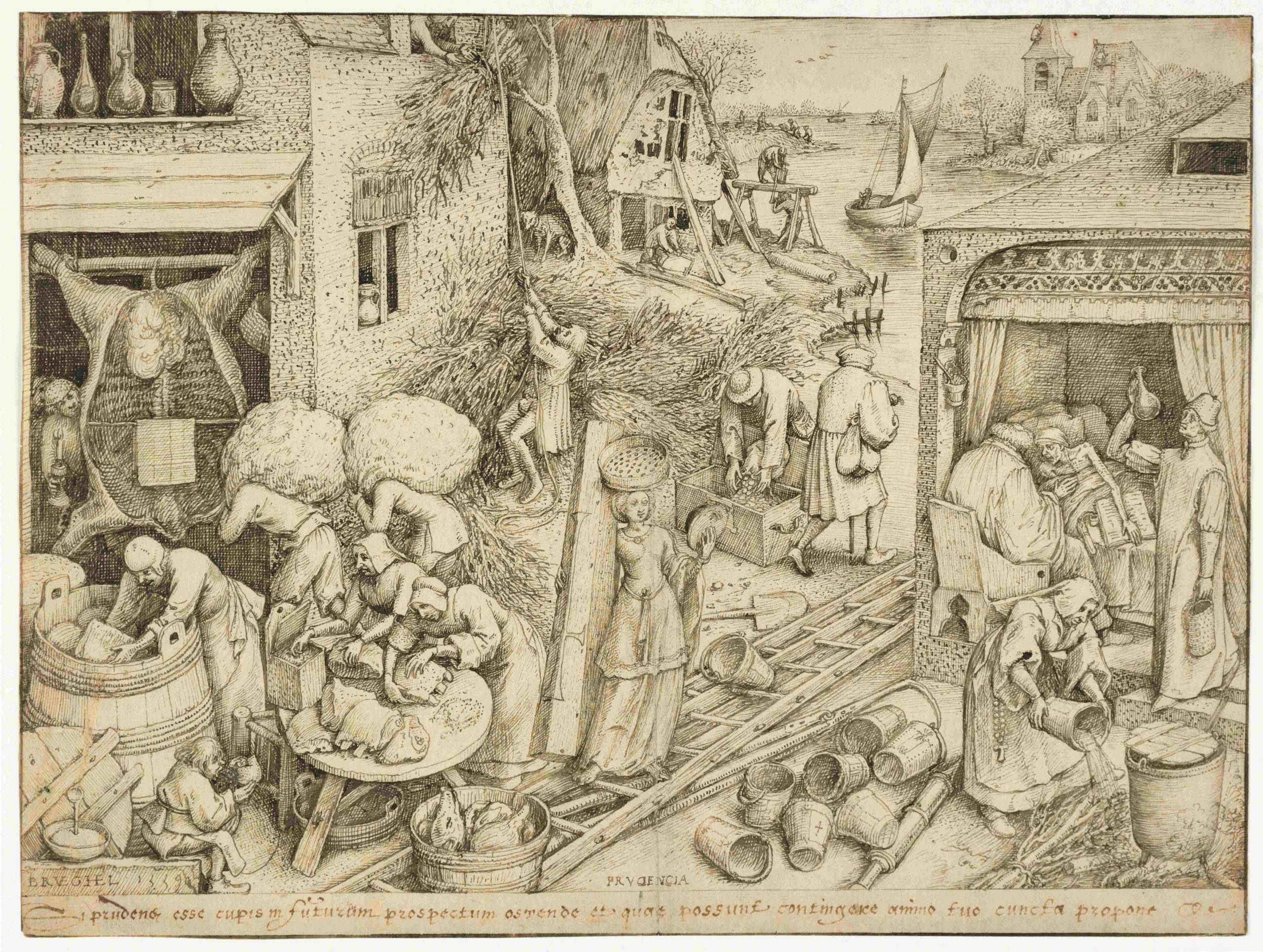
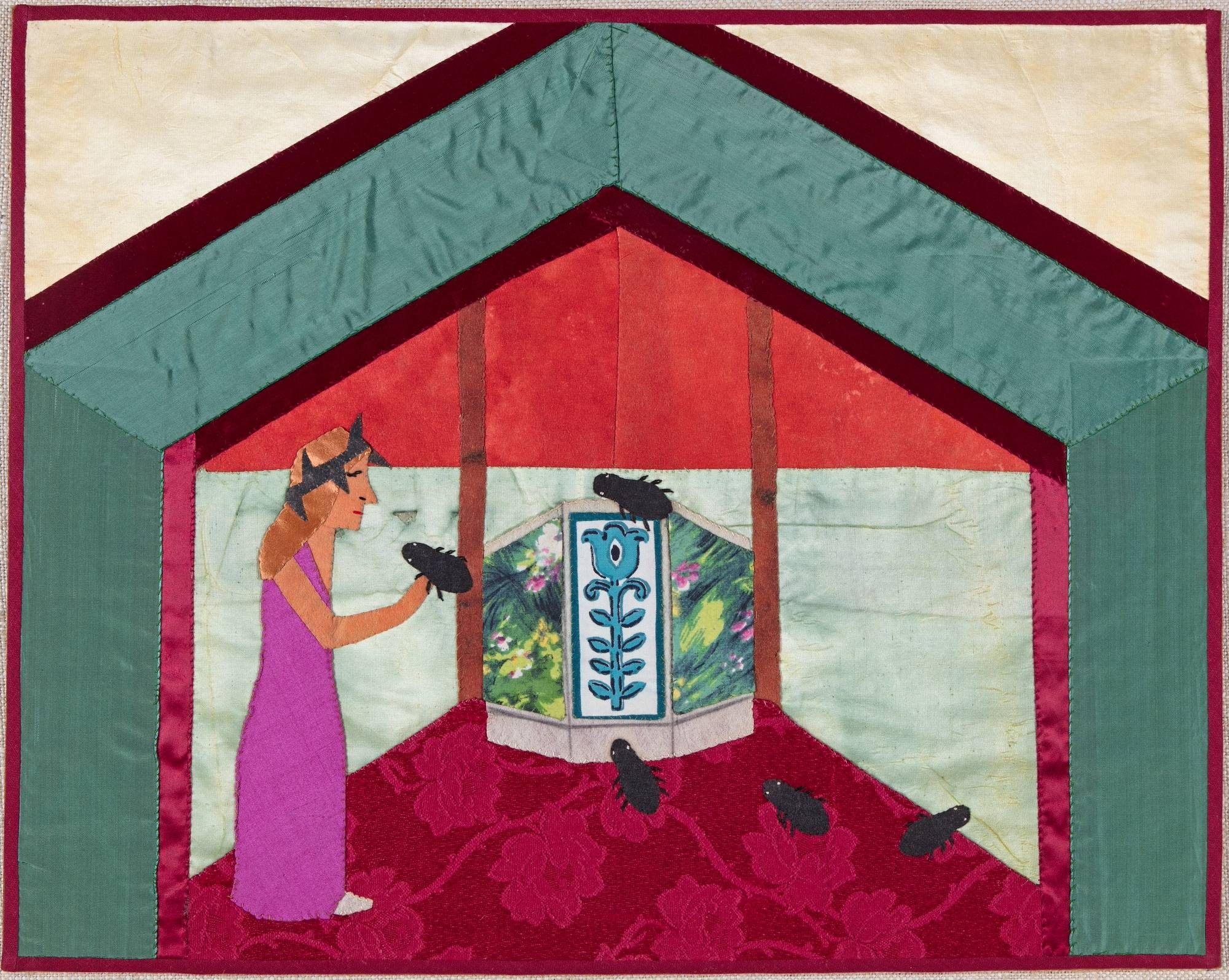
Troublemakers and Prophets: Elizabeth Allen and Other Visionary Artists | 28 March – 30 August 2026
Compton Verney is proud to host the first contemporary exhibition of work by the late textile artist, Elizabeth Allen (1883-1967).
The show marks the 60th anniversary of her debut exhibition at the age of 82, at the Crane Kalman Gallery. A key highlight is Allen’s textile autobiography, Autobiraggraphy (1961), which has never been publicly displayed before.
Following eviction from her cottage, Elizabeth Allen, who was also known as Queen, spent her later life living in poverty in a hut located near Biggin Hill, Kent, largely isolated from the rest of the world. Queen’s work responds to stories she heard on the radio, as well as the Bible and Apocryphal books, from which she derived divine calculations and images. Influenced by her experience of disability – she was born with a double curvature of the spine and a clubfoot – and dispossession, Queen’s work is absurd, bitterly funny, and in some cases, visionary.
This vibrant exhibition puts 12 of Queen’s works in conversation with over 15 other modern and contemporary artists, including the first showing of a new film commission by Grace Ndiritu, and works by artists such as Helen Chadwick, Penny Slinger and Suzanne Treister stitching-together diverse themes and subjects.
In Troublemakers and Prophets Queen’s textile proclamations lead a chorus of other works assembled from fragments: toys, furniture, clothes, snippets of news, religion, and folklore. From large-scale sculpture to detailed beadwork, these art works reveal the fantastical lurking beneath the troubles of everyday life.
Elizabeth Allen may be familiar to visitors to Compton Verney’s nationally important Folk Art Collection, which contains Population Explosion (1965), a piece inspired by a report she heard on the radio about a woman who had taken a fertility drug and subsequently given birth to stillborn septuplets.
Enid Marx | 18 July 2026 – 3 January 2027
This major exhibition will be the first ever to highlight the importance of Enid Marx (1902-1998) as a textile designer and showcase the influence of her community on the development of modern British design in the 20th century.
Marx is arguably best known as the designer of woven London Underground (Tube) seat moquette fabric and as an illustrator of children’s books. However, she was also an extensive producer of hand block-printed textiles (ca.1925-1940) and later designs for fabrics woven for the public (1936-1947).
Whilst the works on Marx’s male contemporaries, such as Eric Ravilious, Paul Nash, Bernard Leach and Roger Fry, are well known, Marx’s close community of craftswomen and designers has often been sidelined. Their approaches to handmade pattern in blocked and woven textiles and ceramics present an overlooked quality of modern British art and design which variously acted as personal expression and a queer camouflage of double-meanings best known to themselves.
Compton Verney is the permanent home of the Marx-Lambert Collection, created by Enid Marx and her life partner, Margaret Lambert (1906-1995). Together, they amassed an assortment of ‘Popular Art’ into a collection that interwove personal and professional artistic, social, and political histories.
From a sample of lace taken from her mother’s wedding dress, a block-printed pattern and dress made for Lambert, to plush Tube seat upholstery; this major exhibition will be the first to present Marx’s life as a cultural history of the period through her fabrics.
The exhibition draws from new research undertaken over ten years by Dr Az Crawford, focusing on the significance of Marx’s textiles within the geopolitics of British design and the lasting influence of her work.
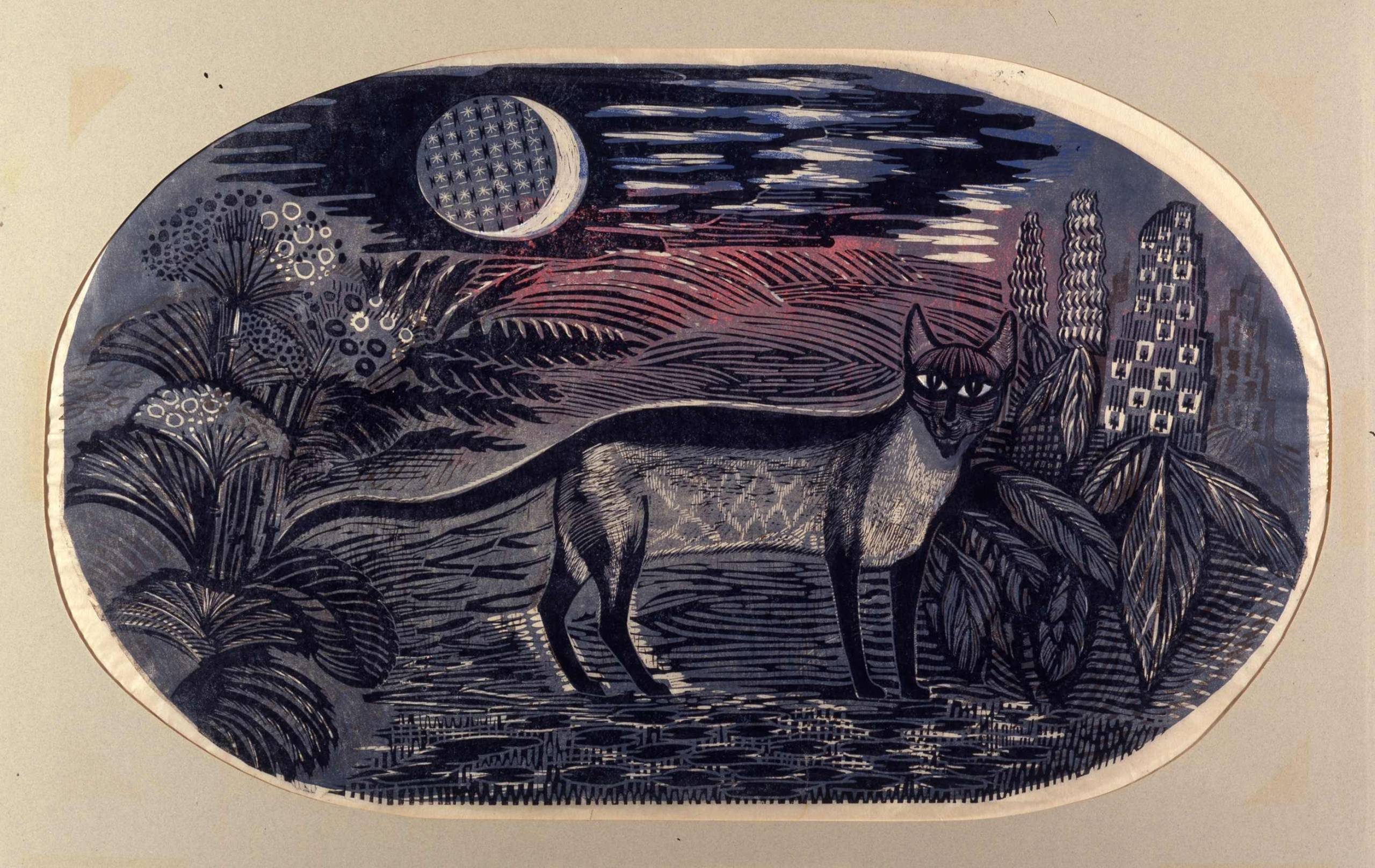
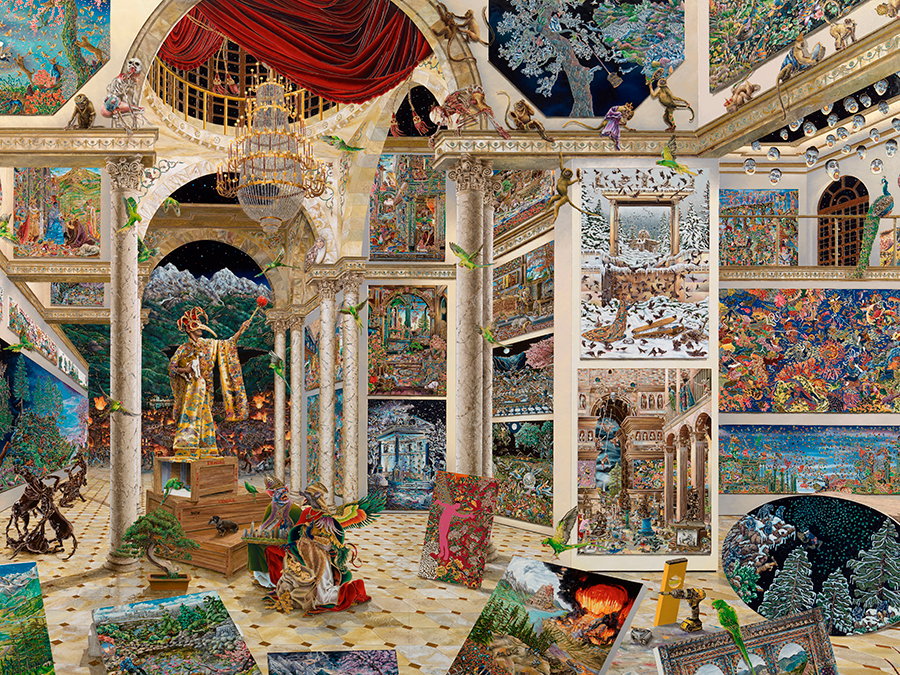
Raqib Shaw | 19 September 2026 – February 2027
Raqib Shaw’s paintings are defined by an innovative and distinctive technique of drawing enamel with porcupine quills, through which he constructs intricately layered compositions that move between meditative calm and dynamic intensity.
They engage in dialogue with both personal experience and broader cultural discourse, drawing on a wide spectrum of influences that include Renaissance painting, Japanese aesthetics, Persian, Mughal and Hindu art forms, Western literature, and Jungian philosophy.
Employing metaphor and satire, Shaw’s paintings address the complexities of contemporary existence and the enduring questions of the human condition.
The exhibition will include many works which have not been exhibited in this country before, including The Retrospective 2002-2022 (2015-22). Drawing on Picture Gallery with Views of Modern Rome (1757) by Italian artist Giovanni Paolo Panini, this work includes miniature representations of over 50 of Shaw’s paintings and sculptures rendered in meticulous detail.
Drawing on myriad sources his richly layered works are also highly personal, bringing in elements from his studio in Peckham and the landscape of his childhood home in Kashmir, often featuring self-portraits and depictions of his beloved pet dogs (a late wire-haired dachshund, called Minty and Mr C, a Jack Russell terrier).
The exhibition includes a display dedicated to Shaw’s unique method for creating his paintings, where enamel and industrial metallic paints are manipulated with a porcupine quill to fashion sharp details and rich surface textures of rocks, coral, foliage, feathers and flowers.
Nancy Cadogan: The Lost Trees | 2 October – 22 November 2026
The Lost Trees by British American artist Nancy Cadogan (b.1979) explores the deep emotional and environmental significance of trees as living landmarks in our lives. From iconic oaks and pears to unnamed local trees, each painting serves as a memorial to those lost, and a celebration of the role trees play in shaping memory, identity, and place. At Compton Verney the exhibition and wider project connect to significant localised tree loss in the region stemming nationally significant building and infrastructure projects such as HS2 which has radically reconfigured the local landscape.
Through personal and shared stories, the exhibition honours trees as witnesses to history, anchors of community, and fragile – yet enduring – connections between people and the natural world.
